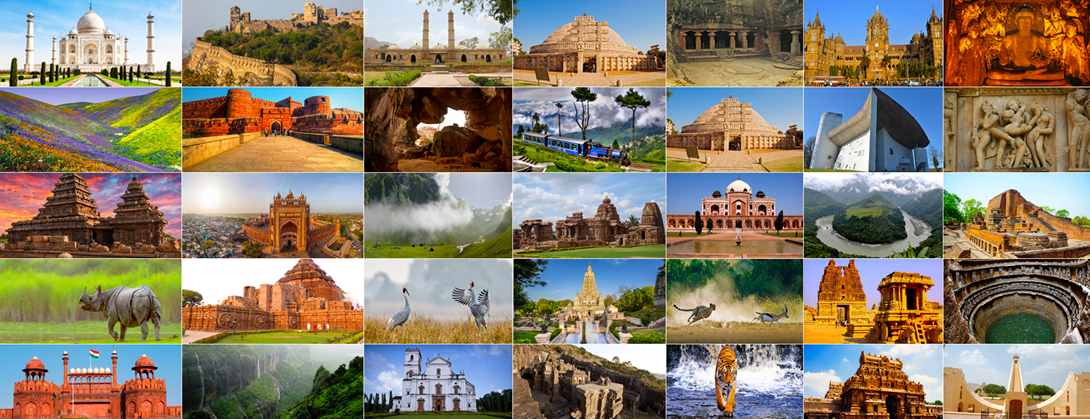- Courses
- GS Full Course 1 Year
- GS Full Course 2 Year
- GS Full Course 3 Year
- GS Full Course Till Selection
- Online Program
- GS Recorded Course
- NCERT (Recorded 500+ Hours)
- Polity Recorded Course
- Geography Recorded Course
- Economy Recorded Course
- AMAC Recorded Course
- Modern India, Post Independence & World History
- Environment Recoded Course
- Governance Recoded Course
- Science & Tech. Recoded Course
- International Relations and Internal Security Recorded Course
- Disaster Management Module Course
- Ethics Recoded Course
- Essay Recoded Course
- Current Affairs Recoded Course
- CSAT
- 5 LAYERED ARJUNA Mentorship
- Public Administration Optional
- ABOUT US
- OUR TOPPERS
- TEST SERIES
- FREE STUDY MATERIAL
- VIDEOS
- CONTACT US
Wayanad Wildlife Sanctuary (WWS): Preserving Biodiversity in the Western Ghats
Wayanad Wildlife Sanctuary (WWS): Preserving Biodiversity in the Western Ghats
13-04-2024
Wayanad Wildlife Sanctuary (WWS) is a part of the Nilgiri Biosphere Reserve, a UNESCO World Heritage Site. The sanctuary is located in the southern trenches of the Western Ghats and is ranked 8th in the list of the World's Biodiversity Hotspots.
- The recent fire in the Sultan Bathery forest area destroyed about 100 hectares of forest, highlighting the urgent need for conservation efforts.
Sanctuary Overview:
- Location: Located in the Wayanad district of Kerala, at the southern end of the Western Ghats.
- Area: Spread over approximately 344.44 square kilometers, the sanctuary is an integral part of the UNESCO World Heritage Site, Nilgiri Biosphere Reserve.
- Boundaries: The sanctuary is bounded by the protected areas of Nagarhole and Bandipur in Karnataka on the north-eastern side and Mudumalai in Tamil Nadu on the south-eastern side, forming a wide expanse of protected forest.
Tribal Communities:
- The forests of Wayanad Wildlife Sanctuary are home to several scheduled adivasi tribes, including the Paniyas, Kattunaikkans, Kurumas, Ooralis, Adiyans, and Kurichiyas.
- These communities have a deep understanding of the forest ecosystem and play an important role in its conservation.
Flora and Fauna:
- Vegetation: The sanctuary showcases significant Western Ghats vegetation types, ranging from moist deciduous to dry deciduous and semi-evergreen.
- Plantations: Teak, rosewood, eucalyptus, and silver oak plantations cover roughly one-third of the sanctuary.
- Marshy Lands: The presence of marshy lands within the sanctuary provides unique habitats for various aquatic species.
- Animal Life: The Wayanad Wildlife Sanctuary is renowned for its diverse fauna, including elephants, panthers, tigers, jungle cats, civet cats, monkeys, wild dogs, bisons, deer, and bears.
- Tiger Population: It is known for having the largest population of tigers in Kerala, making it a crucial habitat for the conservation of this magnificent species.
FAQs:
Q1: What is a UNESCO World Heritage Site?

- A UNESCO World Heritage Site is a cultural or natural site that is considered to have "Outstanding Universal Value".
- These sites are important across countries and generations and are thought to represent unique examples of the world's cultural and/or natural heritage.
- The United Nations Educational, Scientific and Cultural Organization (UNESCO) seeks to protect and preserve these sites through the Convention Concerning the Protection of the World Cultural and Natural Heritage.

|
Must Check: Best IAS Coaching In Delhi



